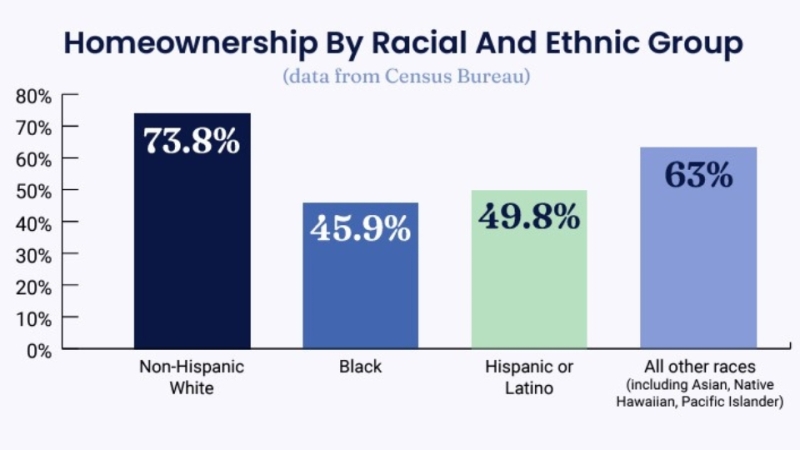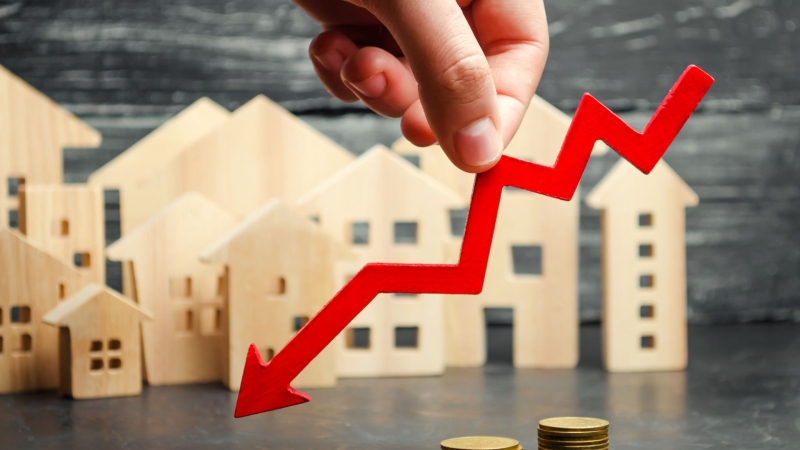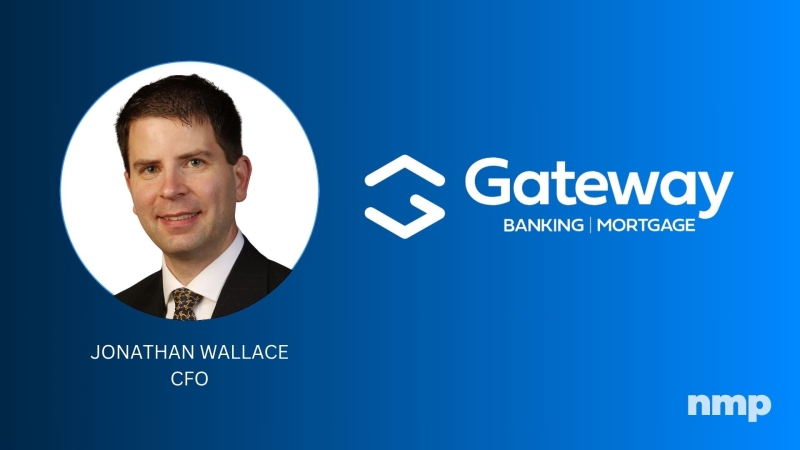
Home Prices Continue To Climb, Reaching New Peaks In January 2024

First American's latest HPI report highlights a year-over-year increase and anticipates a market adjustment as potential sellers eye falling mortgage rates, despite some local markets showing signs of cooling.
First American Data & Analytics, a division of First American Financial Corporation, found that home prices continued their upward trajectory in January. The report, which delivers insights into home price changes with a lag of less than four weeks, indicates a modest increase of 0.3% from December 2023 to January 2024, and a significant year-over-year growth of 7.2%
January marked the tenth consecutive month of reaching new price peaks, despite the pace of annual home price appreciation slightly cooling from its December 2023 peak of 7.7%.
According to Mark Fleming, chief economist at First American, this trend of slowing appreciation is expected to persist, influenced by a tight supply maintained by rate-locked potential sellers. However, optimism for falling mortgage rates in 2024 could encourage more homeowners to enter the market, potentially enhancing affordability and slowing the post-pandemic surge in house prices to a more balanced level.
"The pace of annualized home price appreciation peaked in December, as buyers rushed to take advantage of falling mortgage rates. In January, the preliminary estimate of annualized appreciation cooled modestly by half-a-percent and is likely to slow down further in the coming months,” Fleming said. “Despite concern that house prices could decline significantly at the beginning of 2023, rate-locked potential home sellers kept supply tight, maintaining pressure on prices. Optimism that mortgage rates will fall in 2024 may incent more homeowners to sell, boosting supply and, in turn, improving affordability for buyers."
State-level data revealed consistent year-over-year HPI growth across the most populous states, with Pennsylvania leading at an 8.4% increase, followed by Florida, Texas, California, and New York, all showing substantial gains without any states reporting a decline in the HPI.
Local market analysis across 30 Core-Based Statistical Areas (CBSAs) highlighted varying degrees of year-over-year HPI growth, with Nassau County, N.Y., Anaheim, Calif., Warren, Mich., Miami, and Pittsburgh experiencing the highest increases. However, a closer look at the change in market prices since their post-pandemic peak indicates that house prices are below their prior peaks in 23 of the top 30 markets, with the most significant declines observed in Oakland, Austin, Texas, and Seattle.
"While house prices increased in all 30 markets tracked by our index over the last year, this rising tide hides the change in market prices since their peak," Fleming said. "Measuring the price change in each market from their post-pandemic peak reveals that house prices are below their prior peaks in 23 of the top 30 markets.
The report also segments home price changes into starter, mid, and luxury tiers, revealing that Nassau County, N.Y., and Miami showed notable increases across different tiers, suggesting diverse growth dynamics within the metropolitan areas.




